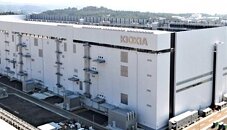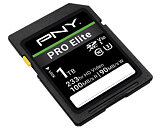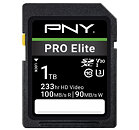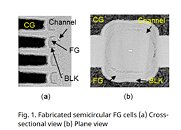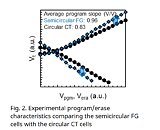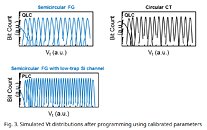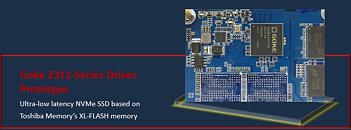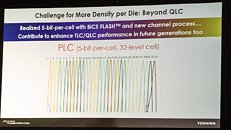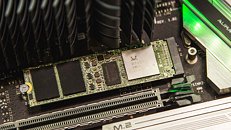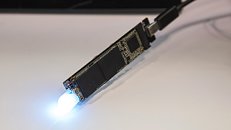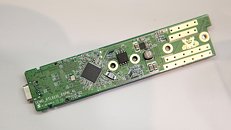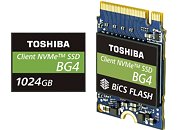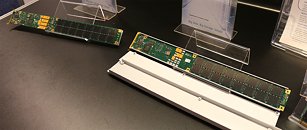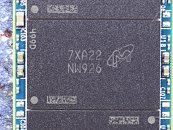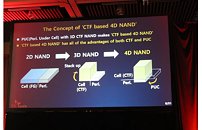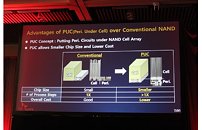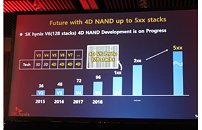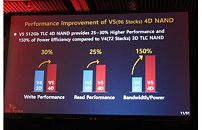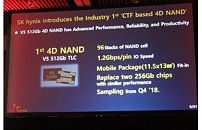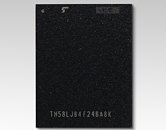
Kioxia and Western Digital Announce 6th-Generation 162-layer 3D NAND Flash Memory
Kioxia Corporation and Western Digital Corp., today announced that the companies have developed their sixth-generation, 162-layer 3D flash memory technology. Marking the next milestone in the companies' 20-year joint-venture partnership, this is the companies' highest density and most advanced 3D flash memory technology to date, utilizing a wide range of technology and manufacturing innovations.
"Through our strong partnership that has spanned two decades, Kioxia and Western Digital have successfully created unrivaled capabilities in manufacturing and R&D," said Masaki Momodomi, Chief Technology Officer, Kioxia. "Together, we produce over 30 percent of the world's flash memory bits and are steadfast in our mission to provide exceptional capacity, performance and reliability at a compelling cost. We each deliver this value proposition across a range of data-centric applications from personal electronics to data centers as well as emerging applications enabled by 5G networks, artificial intelligence and autonomous systems."
"Through our strong partnership that has spanned two decades, Kioxia and Western Digital have successfully created unrivaled capabilities in manufacturing and R&D," said Masaki Momodomi, Chief Technology Officer, Kioxia. "Together, we produce over 30 percent of the world's flash memory bits and are steadfast in our mission to provide exceptional capacity, performance and reliability at a compelling cost. We each deliver this value proposition across a range of data-centric applications from personal electronics to data centers as well as emerging applications enabled by 5G networks, artificial intelligence and autonomous systems."
